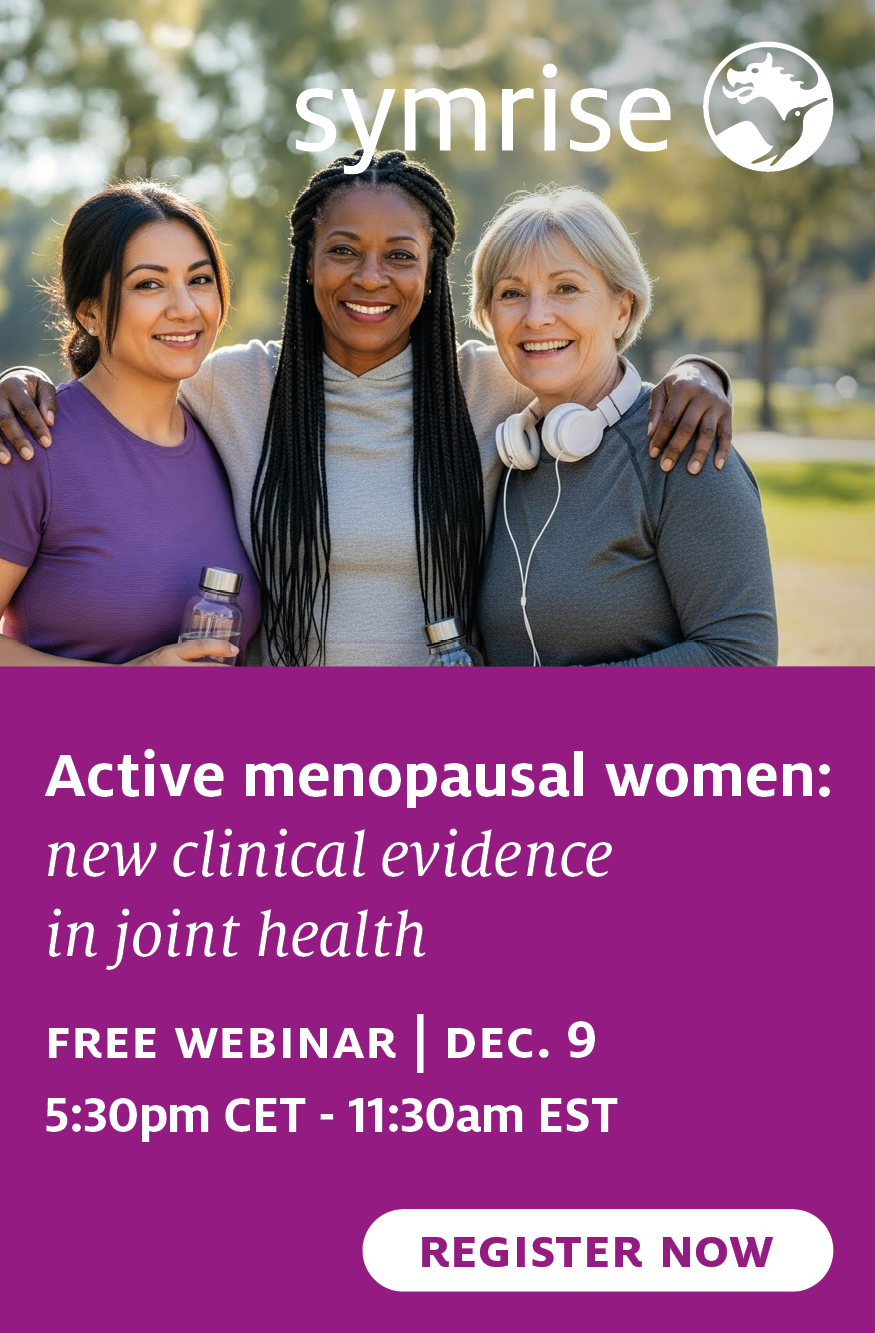An EU-wide simplified nutrition label: Consumer groups launch petition calling for rollout of Nutri-Score
“The time is ripe to make healthy food choices easy for consumers, one of its priorities for the recent EU elections.”

28 May 2019 ---Shifting to a unified nutrition labeling system that is as simple as possible may bear the best results in terms of health for consumers. This is according to a European Consumer Organization (BEUC) executive, Pauline Constant, who speaks to NutritionInsight days after seven national consumer organizations from the BEUC network launched a petition calling for the rollout of Nutri-Score nutrition labeling across Europe on food and drink packaging. BEUC applauds this action, reminding EU institutions that “the time is ripe to make healthy food choices easy for consumers, one of its priorities for the recent EU elections.”

One notable trend from the EU elections, which took place between May 23 and 26, was the gains made by the liberal Green Party. In Germany, for example, the party doubled its share of the vote. Couched with the party’s narrative of sustainability is health and wellness, perhaps reflecting a European population that is calling on institutions to translate this further into policy.
The Nutri-Score system gives food & beverages an overall nutritional rating on a scale which goes from “A” to “E,” with corresponding colors ranging from dark green to red. It takes into account both nutrients to avoid, such as sugar or salt, and those elements to favor, such as fiber, fruit and vegetables. “The time is ripe to make healthy food choices easy for consumers, one of its priorities for the recent EU elections,” say BEUC.
“The time is ripe to make healthy food choices easy for consumers, one of its priorities for the recent EU elections,” say BEUC.
The petition marks the first time that consumer groups are joining forces to start a European Citizens’ Initiative, coordinated by French consumer group UFC-Que Choisir. The petition is open until 8 May 2020. Organizers thus have one year to gather 1 million signatures across the EU, meeting minimum thresholds in at least seven countries. If these conditions are met, the EU Commission (EC) will have to look at the request and provide an answer.
A root reason for the petition was scientific research, in the form of a real-life experiment in France, that showed Nutri-Score was the label that helped best consumers to improve the nutritional quality of their shopping basket, Pauline Constant of BEUC, tells NutritionInsight.
The Nutri-Score has also shown to have the most considerable improvements in the nutritional quality of the shopping baskets in households with the lowest income, she explains. A further study conducted online in 12 countries found that Nutri-Score is currently the best-performing scheme in both aiding consumers to compare the nutritional quality of foods across a range of products and to make healthier purchasing choices, she notes.
Spanish supermarket chain Eroski became the first European store to introduce the Nutri-Score system, doing so on a handful of its own-brand products in January. The cooperative proposed the Nutri-Score initiative to its Member Customers in September 2018, following a prior assessment of several existing nutrition labeling models carried out of food experts with the advice of the Eroski Scientific Committee.
A lack of unity in nutritional labeling?
Aside from Spain, France and Belgium also use the labeling system voluntarily. The global diversity in nutrition label use is clear, however. In Europe, color-coded schemes may come under consideration in Portugal, Poland and Ireland, while Germany plans to develop an understandable and comparable Front of Pack (FOP) label, but has not elaborated on the format.  The Nutri-Score system.
The Nutri-Score system.
“We know obesity rates continue to rise, and that part of the solution is to make it easier for consumers to make sense of nutritional information on food labels. We need strong political will to make it a reality so that consumers across Europe can choose healthier foods more easily,” says Monique Goyens, Director General of BEUC.
“A color-coded label on the front of pack helps busy shoppers compare foodstuffs and to spot the healthier yogurt or snack instantly. Being a consumer should not be a full-time job. Few of us have the time to decipher complex figures on the back of packages at the supermarket,” she adds.
Indeed, simplicity may well be essential when it comes to communicating the nutritional levels of products to busy consumers. Findings from a 4-year EU-funded research project, CLYMBOL – Role of Health-related Claims and Symbols in Consumer Behavior – found that health and nutrition messaging on packaging should be as simple as possible, as well as scientifically substantiated.
Additionally, last year, the European Food Information Council’s (EUFIC) 2018 edition of the Global Update on Nutrition Labeling similarly noted that appropriate and meaningful nutritional information should be based on science and take into account consumer use, interpretation and understanding of different labeling schemes.
Front-of-pack nutritional labeling has been identified by national governments, international public health bodies and consumer groups as one of the tools to help consumers make more informed and healthier food and drink choices, Constant asserts.
By Laxmi Haigh














